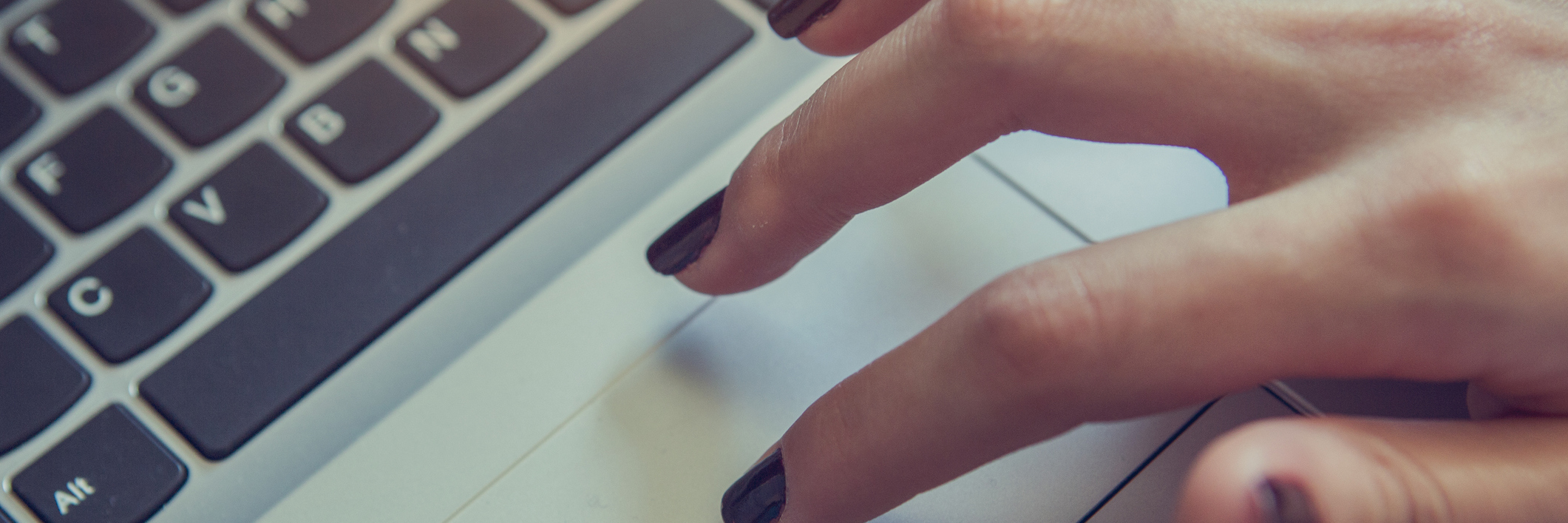9 Ways to Support People With Mental Illness — That Aren't Just Reposting the Suicide Hotline
In the wake of Chester Bennington‘s suicide, the usual flurry of crisis number posts populated my Facebook and Instagram alike. They all conveyed a similar message:
“PLEASE will ONE person repost this number to show a friend you care?!?! SHOW them we’re listening! Let’s raise suicide awareness. Here are some numbers for you to call!”
The message followed with some appropriately sad emojis and absurdly long hashtags. Every time a celebrity takes their own life, social media collectively circulates mental health resources. These tragic deaths are often the only time I see my neurotypical friends discuss mental illness and suicide.
Sigh.
Look, I don’t want to discourage anyone from copying and pasting the suicide prevention hotline. Please keep posting it. I appreciate the intention, but to be honest, most of us with mental illness don’t benefit at all from these posts. As someone who struggles with daily suicidal ideation, I cannot say I ever felt supported because a Facebook friend reposted a prewritten status. I never checked my social media feeds before or during a mental breakdown.
The post is an important gesture, but I believe is obsolete. People struggling with mental illness need more than an occasional shout out on social media. We need action. We need participation. We need awareness, but also more prevention.
Here are a few direct ways you can truly help people with mental illness and contribute to suicide prevention:
1. Join the fight for affordable healthcare now.
If Trumpcare or a similar plan were to pass, mental illnesses would be considered unprotected pre-existing conditions and insurance premiums would skyrocket. This would make treatment, therapy, substance abuse programs, hospitalization and psychiatric medicine inaccessible to many people. Already marginalized communities such as the homeless population, people of color and abuse survivors will face the most severe consequences. Go to rallies, protest the GOP senate healthcare bill, call your representatives, vote in 2018 or do all of the above. Just do something.
2. Be mindful of your word choice.
If you do not live with mental illness, replace common ableist terms (“crazy,” “stupid,” etc.) and phrases (“I’m so depressed,” “I’m being so OCD” or “I was being bipolar yesterday”) with language that doesn’t further marginalize people with mental illness. There are over 171,000 words in the English language in current use, so just pick a different adjective!
3. Be aware of shows that do not responsibly depict mental illness.
Stop supporting and watching exploitative entertainment that does not responsibly depict mental illness. Both popular Netflix productions “To The Bone” and “13 Reasons Why” ignored safety guidelines suggested by mental health professionals. This is never excusable. People with mental illness are not props or “manic pixie dream girls” or any other trope. Living with mental illness is complex, diverse and definitely not glamorous. Art and media need to be held accountable if they reinforce negative stereotypes and stigmas.
4. Don’t perpetuate the idea mental illness “looks” or “acts” a certain way.
Every time someone takes their own life, I hear, “Oh, but their life was so good” or “Oh, they looked so happy.” There are more red flags than just poor hygiene, sadness and isolation. There may also be no red flags at all. You cannot determine the severity of a person’s disability by their outward appearance.
5. Donate to mental health causes.
If you have the funds, donate directly to folks struggling with their mental health through their GoFundMe page, Paypal account, Venmo, etc. Mental illness can lead to gaps in work, and debilitating mental illness can sometimes lead to homelessness. Even those who receive disability must walk a fine line between making enough money to survive, while simultaneously ensuring they don’t make too much and lose their Social Security benefits.
6. Volunteer for a crisis hotline.
If you don’t have funds but have free time, consider actually volunteering for a crisis hotline. Shifts vary, but often you commit to a weekly or monthly shift. Training is typically free and it takes little time to satisfy the requirements.
7. Volunteer with organizations that directly provide support to people with mental illness.
Find organizations that offer free support groups, sliding scale therapy options, housing, discounted medication, etc. Both The Anxiety and Depression Association of America (ADAA) and National Alliance on Mental Illness (NAMI) provide a list of free support groups in each state.
8. Check in with your friends who are struggling.
Make an effort to have one-on-one, private conversations with your friends if they are struggling. This is always a much more productive and supportive route than public posts.
9. Listen.
Lastly, listen to your friends and family members who may be struggling with a mental illness. I can only speak for myself and my disabilities, but on occasion, I don’t have the damn spoons to do the work. That is when able-minded/bodied people need to be our accomplices. That is when we need you to educate other neurotypical folks on the topic of mental health and wellness.
Suicide prevention is possible, but only when we actively work together before another life is tragically ended.
If you or someone you know needs help, visit our suicide prevention resources page.
If you need support right now, call the National Suicide Prevention Lifeline at 1-800-273-8255 or text “START” to 741-741.
We want to hear your story. Become a Mighty contributor here.
Thinkstock photo via UfukSaracoglu.

